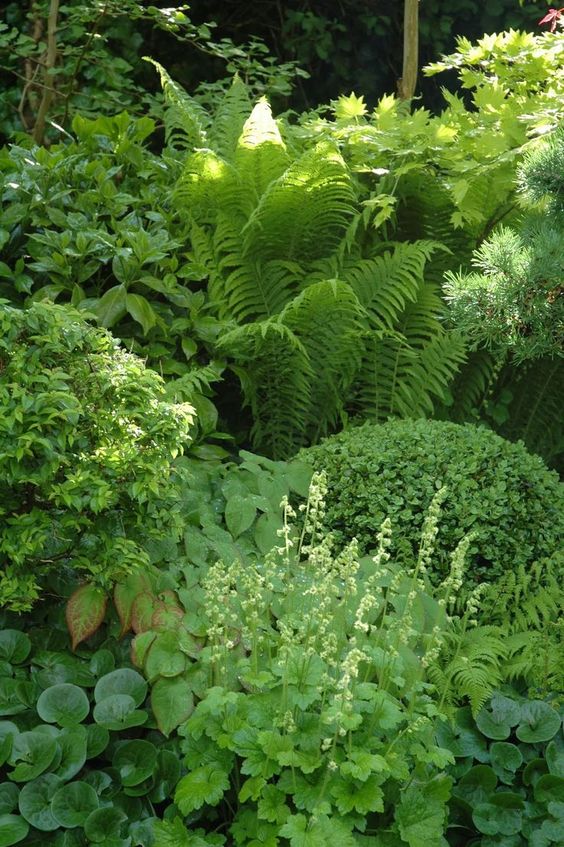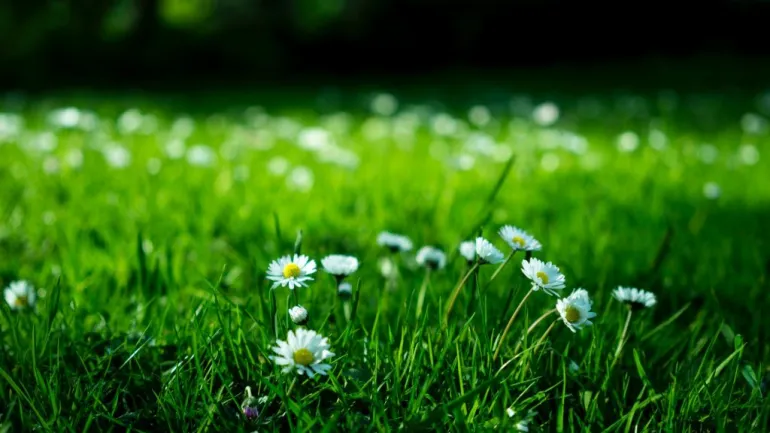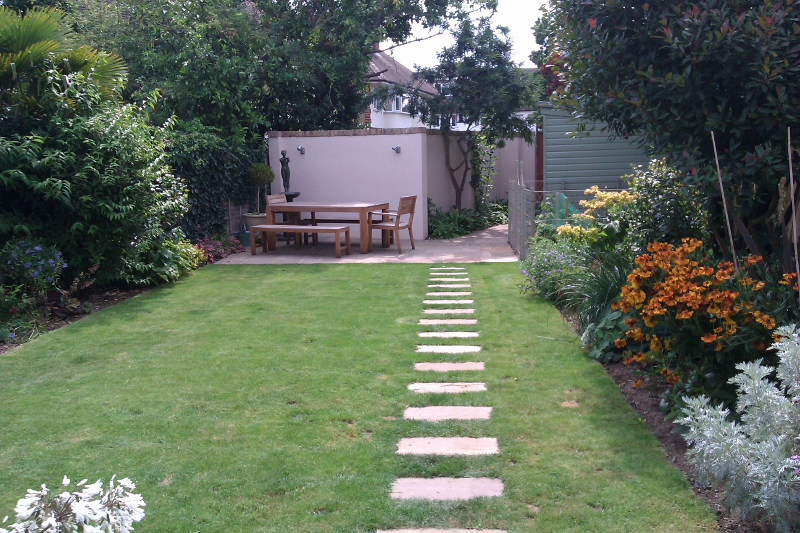What sort of shade do you have?
Now most of you will know if you have a shade garden or not. It mainly depends on the aspect; if the back of your house is in sun for most of the day you will be facing towards south or if the end of your garden is in sun most of the day then you are mostly facing north. The good news is gardens are generally 4 sided, so if you have shade somewhere all day, you may well have sun somewhere else, the key is to understand where the sun goes throughout the day and make the most of it. Because the sun moves all the time the chances are there is a place in the sun in most gardens. A lack of light of course can also be seasonal; deciduous trees allow light to fall unfiltered to the floor in spring time, perfect for spring perennials, but can create dense shadow in summer, a building that blocks the sun in one season may not be a problem as the sun gets higher in the sky in the longest days.
There is a lot of confusing terms; partial, dappled, light, open, full and dense shade, not forgetting dry and damp shade. You might see on a plant label, “will tolerate partial shade” but what does that actually mean and is it right for your garden. I will try to shed some light on the terms and what they mean for planting in your garden.
Partial or Half Shade: This very variable and confusing term is often defined as about half a day of direct sun. Gardeners in areas with 5-6 hours of afternoon sun may be able to grow most plants, flowers, vegetables and herbs. However, those with only 3-4 hours of morning sun will have better success with true shade-lovers, and should choose other types of plants as the main focus of their gardens.
Dappled Shade, or Light Shade: The sunlight in these areas is filtered through trees with an open habit and small leaves, rather than a dense leaf cover. Sun falls on your garden, but it doesn’t hit specific sections for as long as it would without the trees. Again, the longer and brighter the sun shines in a particular area, the more flexibility you have in your choice of plants for that spot.
Open Shade: An example of this would be the North side of a building which gets no direct sun throughout the entire day, but is not otherwise covered by trees or structures. In general, this is too much gloom for sun loving plants, herbs and vegetables .
Full or Dense Shade: In this situation the garden doesn’t receive direct sun and is also shaded by trees or structures, resulting in little ambient light. This is often the case in small gardens in cities, where tall buildings block out the sun, or properties surrounded by tall dense evergreen trees, that block out the suns rays. This can be the case whichever aspect your garden faces,
Damp Shade: An area of shadow where the soil remains damp whatever the weather or season, there are many plants that love this sort of conditions, and create lush green areas of planting.
Dry shade: Most often this is a south or east facing area of the garden, underneath a large evergreen trees. There is a limited number of plants that grow in dry shade without a gardeners intervention, by using leaf mould or compost to enrich the soil as well as watering.
My next post will give you an idea of which plants suit your shady part of the garden best. please subscribe if you would like to get my next blog post.




Really good information. I have a south facing mature gardens and their are pockets in the borders where large
Rhododendrons and trees grow and I need the colour in the Summer months,. Started to plant ferns, foxgloves and salvias.
So appreciate the plants that you have recommended.
Many thanks.
Patricia.